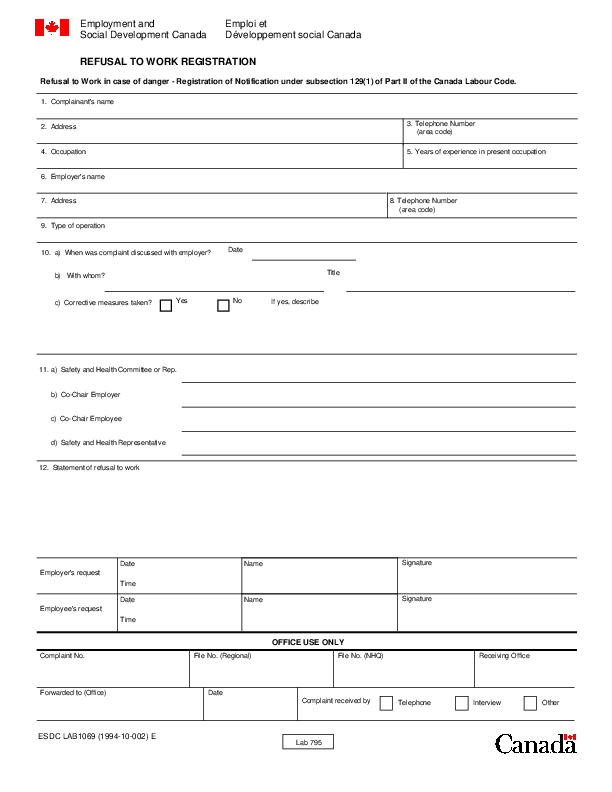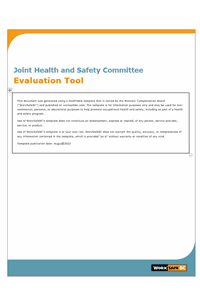Are Your Drivers Cranking Safely?
A researcher finds the safest positions for raising and lowering the trailer landing gear.
Source: www.fleetowner.com
The researcher finds the safest positions for raising and lowering the trailer landing gear.
Cranking landing gear on trailers is one of the more common jobs for drivers, but it can cause pain and injury if done improperly. What is the best way to reduce injuries?
Researcher Jia-Hua Lin of the Washington State Department of Labor & Industries wanted to find out because there has been no definitive guideline for best cranking practices among truck drivers, he says. To learn this, he and his team, which included researchers from North Carolina State University, built a mock-up of landing gear and asked 12 male drivers to crank while they measured their shoulders’ range of motion and muscle activity.
Their findings were that while raising a trailer – which has more resistance compared to lowering – it was safer for drivers to stand parallel to the trailer (the trailer was at their side). This position allows more full-body strength to be used and thus less strain on muscles and bones. While lowering the landing gear, the researchers found that standing facing the trailer was safer and caused less strain.
“When you face the trailer and crank, you throw a circle with your whole arm in front of you; you are rotating your shoulder. When the resistance is low, it’s OK. The shoulder can handle that kind of torque. But when the resistance is high the shoulder joint itself is not as powerful,” Lin said. “This goes to the biomechanics of the shoulder joint. It’s harder to throw a circle in front of you. When you rotate the shoulder in front of you, then the elbow is useless. You have to use your shoulder joint mostly to throw this circle in front of you. The shoulder muscles are not that good at generating this kind of torque.”
Lin says: “It’s better to crank each way (parallel or facing the trailer) depending on which posture will give you the best mechanical advantage.”
Another reason to stand parallel during high resistance is possible danger from your hand slipping off the grip. “Especially for the high-resistance part, drivers are afraid that their hand can slip off the handle, and the reaction or the coiling force may hit them. That is if you try to rotate and push – they push forward – and then if your hand slips, the handle may strike back.”
One stumbling block that researchers have to overcome is setting up laboratory experiments to mimic truckers’ jobs. “We asked about drivers’ most common task, and we got several ideas for our experiment. Cranking of the landing gear was just one of them, and so was pulling the fifth wheel pin, raising the hood and pulling the back of the rolling door.”
Lin looked at all of these and decided that some were too difficult to simulate in the lab, but that the cranking operation was doable. “We wanted to do a controlled study. Some of the other tasks were not easy for us to produce in the lab.”
Another reason to look at landing gear was that no one had done it before. “There was nothing in the literature about it. There’s nothing about these kinds of cranking actions. ”
One factor that Lin would like to address in future work, aside from measuring other tasks, is the question of clockwise versus counterclockwise. “Our experiment was clockwise because it was a limitation of our equipment. The motor used to simulate the load could only generate the force in one direction.”
Lin and others conduct research for the Trucking Injury Reduction Emphasis (TIRES) a project developed by the SHARP program at the Washington State Department of Labor & Industries.
Video: Cranking Landing Gear
Latest Resources
LAB 1069-Refusal to Work Registration
The Employer’s Investigation Report (LAB1069) is a required form under Part II of t ...
Joint Health and Safety Committee Evaluation Tool
This evaluation tool helps assess the effectiveness of a Joint Health and Safety Comm ...

